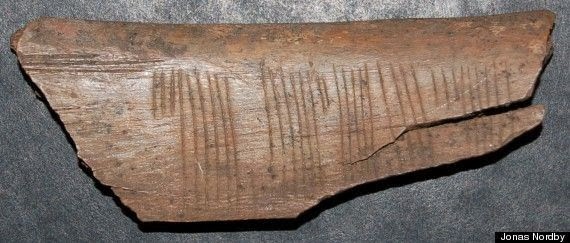Château-ferme d'Olhain
EMAS Study Tour to Île-de-France
14 to 21 June 2014
The EMAS 2014 spring Study Tour is to the Île de France and Picardy regions. This is an area with many interesting archaeological sites, particularly from the medieval period.
We will be based in Amiens - a very interesting town with a truly wonderful cathedral - which is the perfect centre from which to explore the region.
Our itinerary will include some of the most impressive later medieval architecture, with cathedrals such as Beauvais, Laon and Senlis. In addition, we will visit two of the most important early medieval sites in the area - the Carolingian Bas Œuvre at Beauvais and the Merovingian crypt at Jouarre , which is one of the oldest religious structures in France.
We will also visit the site of the battle of Crécy, viewing the site from the place where Edward III directed the battle; the important Roman site of Bagacum at Bavay, and some impressive castles.
The cost will be £785 per person for people sharing a twin room and £895 for a single room.
A full itinerary can be found here...








































